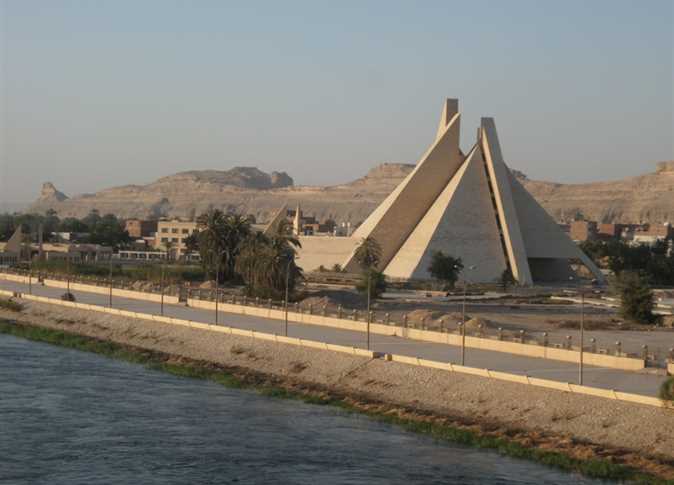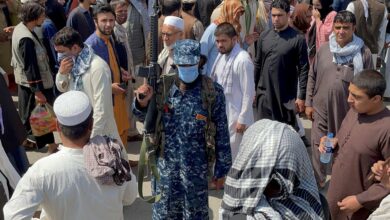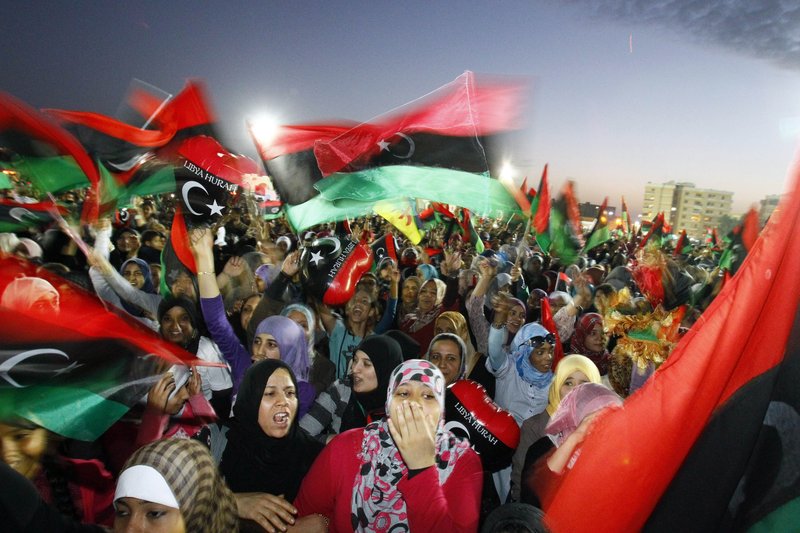Critics and historians agree to some extent that the Free Officers Movement didn’t have any concrete idea about framing the nation’s new cultural identity after the ouster of King Farouk I. The revolution’s ambiguous relationship with culture started with remarks made by General Mohamed Naguib (Egypt’s first president) when he alleged that cinema’s sole role was to entertain.
Later, the military rulers, in a move to achieve a break with the monarchy, tried to shatter the cultural influence of prominent monarchy-era intellectuals. Songs of the legendary Om Kalthoum were banned from being broadcast on national radio, while some major writers were banned from publishing their articles in the newspapers. Movie scenes that featured a photo of the ousted king were either removed or blotched out. By Egypt’s standards, the censorship was unprecedented in scope.
However, the late 1950s and early 1960s witnessed a boom in cultural production. Although some critics say that it was highly politicized and aimed at serving the revolution’s socialist agenda, others argue that some cultural production managed to portray the failure of the revolution itself.
The following list contains highlights of cultural production during the 1950s and 1960s:
July 1952: Days after the king’s ouster, Egyptian cinemas were showing the movie “The Cup of Suffering”, starring famous actress Faten Hamama. Observers used to joke that screening the movie was a bad idea because it indicated that life after the revolution would only consist of suffering.
1954: Egyptian belly dancer Samia Gamal was praised in the Egyptian press for taking part with a three-minute dance in the American movie “Valley of the Kings” directed by Robert Pirosh. Such praise reflected the failure of attacking all the artists and intellectuals who were related to King Farouk, who proclaimed her in 1949 as the country’s national dancer. The event of having an Egyptian starring in an American movie – even a modest one – inflamed national pride. In the next two decades, Gamal, along with other legendary belly dancers such as Tahiya Karioka and Naima Akef, had contributed to turning belly dancing into a cultural phenomenon.
1954: Prominent comedian, actor and monologue singer, Ismail Yasin founded a theatrical troupe bearing his name. In only 12 years (until 1966), the troupe managed to achieve huge popularity. Art critics say that the Yasin Troupe made the biggest contribution, in comparison with his contemporaries, to developing comedian theatre in Egypt.
1954: Yusif Idris, the most prominent short story writer in Egypt’s history, published his first collection of short stories “Cheapest Nights”. His renewal in language in works such as “The Hero”, “Dregs of the City” and “An Incident of Honor” gave him a pioneering position within not only the Egyptian cultural scene but also in the whole Arab region.
August 1955: The first law regulating censorship was introduced. The law indicated that every single song or movie is subject to censorship. The state declared itself a defender of public order and morality.
1956: Nobel laureate Naguib Mahfouz published "Palace Walk", his first novel in the "Cairo Trilogy". The following year he published "Palace of Desire" and "Sugar Street". The three novels were a great success. They were also made into movies directed by prominent Egyptian film director Hassan al-Imam.
1956: At the age of 27, Abdel Halim Hafez laid the ground for his fame as the iconic singer revolution when he performed the song “Ehna El-Shaab” (We are the People) written by Salah Jahin. In the song, he praised Gamal Abdel Nasser, who had just become the president of the republic. It was among 138 poems written about Nasser. Hafez was considered the main musical representative of the revolution. He performed the most famous patriotic songs. Moreover, his romantic songs have been heralded as a shift in Egypt’s musical history.
1956: Days after the Suez Crisis inspired brave popular resistance, the legendary singer Om Kalthoum performed a song written by Salah Jahin called “Walla Aaman Ya Selahy” (It Has Been a Long Time, Oh My Weapon). The song turned into Egypt’s national anthem and later was the national anthem of the federation of Egypt and Syria (the United Arab Republic). The performance helped Om Kalthoum become a symbol of the revolution. As for Jahin, the song, along with other landmark patriotic songs such as “Soura” (Photo), “Khali al-Selah Sahi” (Oh Weapon, Be Ready) and “Ya Ahlan Belmaarek” (Welcome Battles), paved the way for him as the official poet of the revolution.
1957: The Folkloric Arts Center was established. This institution aimed at maintaining and reviving the Folkloric legacy of Egypt in music and dancing. Around the same time, the brothers Ali and Mahmoud Reda founded the Reda Troupe, in which some female university graduates performed as dancers. Later, the troupe became a governmental body affiliated with the Ministry of Culture. Farida, Ali’s wife, who held a BA in arts from Cairo University, is believed to be the first female to have the profession “dancer” written in her passport. The move encouraged more females to join, and the troupe garnered tremendous popularity. In the 1960s, the troupe acted in the movie “Gharam Fi al-Karnak” (Love in Karnak), which was a big success.
1959: The most prominent cultural censorship occurred when Egypt’s flagship newspaper Al-Ahram stopped publishing “Awlad Haretna” (translated under the title Children of Gebelawi), a series by Mahfouz. The religious institution Al-Azhar condemned the series for depicting the dichotomy of just/unjust by borrowing the lives of Abrahamic prophets and putting it in a modern context (19th century Cairo). Al-Azhar scholars alleged that the novel offended religion since it attempted to depict god and the prophets. Such resistance from Al-Azhar pushed Mahfouz not to publish the novel in Egypt. It was published in Lebanon eight years later.
February 1960: A controversial decree was issued to nationalize the country’s cinema industry. The move brought about state control of almost every form of cultural production. One year before, influential culture minister Tharwat Okasha established the first cinematic institute in the region aimed at developing the cinema industry and providing the market with directors and actors. In the same year, Egypt hosted its first international film festival, the second Afro-Asian Film Festival. Moreover, the first film based on Mahfouz’s novels was screened. The movie “The Beginning and The End” (the novel was published in 1950) starring Omar Sharif and directed by Salah Abu Seif, failed to achieve major commercial success.
July 1960: The revolution achieved one of its pivotal successes by establishing national TV, the first to be established in the region. Broadcasts began with a five-hour-transmission, with the transmission period expanding later. Egypt’s national TV was expected to play a significant role in entertainment and introducing new cultural faces. However, critics say that the way in which it was founded made it clear that it would not allow a variety of opinions to be represented.
1963: Egypt’s cinema entered its mass production era with the movie "al-Nasser Salah Ad-Din" (Saladin the Victorious), which was also a major step in the cinematic life of director Youssef Chahine. His name rose to fame after directing some major movies in the 1950s, such as “Sayedat al-Ketaar” (Lady on the Train) in 1953 starring Leila Mourad, “Sira` Fi al-Wadi” (Struggle in the Valley) in 1954 starring Faten Hamama and Omar Sharif, and Bab al-Hadid (Cairo Station) in 1958 starring Hend Rostom. "Al-Nasser Salah Ad-Din" gathered together the most notable actors and actresses of the era, such as Ahmed Mazhar, Hamdi Gheiss, Omar al-Hariri, Leila Fawzi, Nadia Lutfi and Leila Taher. Some cinema historians estimated the movie’s total budget to be more than LE200,000.




